
No matter what the discipline of horse sports that you are into, the basic seat forms the foundation for all types of riding. The basic seat is the type of seat that is best used for any type of flat work or for the schooling of both the horse and the rider.
It is important to note that the basic seat position will differ slightly from person to person due to factors such as the build of the rider and the height and width of the horse.
In the basic seat the rider sits upright in the saddle and should be in a position where a vertical line can be drawn through the rider's ear, shoulder, the point of the hip and the ankle joint. The bottom should rest in the lowest part of the saddle. The body's weight should be spread equally over both halves of the saddle as well as the inside of the thighs. The legs should be relaxed as any tension or tightening in the inner thighs will lever the rider out of the deepest part of the seat and cause the rider to become unbalanced.
The rider's seat should be relaxed and free from tension and the thighs should be rolled inward slightly so that the knees will rest flat against the saddle. This will ensure a "deep knee" position which is vital for a deep seat and correct leg position which will allow the rider the maximum use of the riding aids.
A fork seat may result if the stirrups are too long. With a forked seat, the legs have to stretch too far and this causes the riders weight to be taken on the thighs which in turn decreases the ability to correctly apply the leg aids.
Riding with the stirrups too short will result in a chair seat, thus named because the rider's legs rest in the same position as they would in a chair. This position will also affect the use of the leg aids and cause the rider to sit in a shallow seat.
The lower legs should slope backwards from the knee, with the inside of the calf maintaining a soft contact with the horse's body. This angle will place the lower leg just behind the girth, completing the vertical line that runs from the ear to heel.
The feet should naturally rest on the stirrup tread, almost parallel to the horse's side and with the tread just behind the widest part of the foot. Whilst moving the foot should be allowed to flex and the heel should sink slightly lower than the rest of the foot.
The upper body should be vertical and the rider should be seated in the deepest part of the saddle with his body free from tension. The rider should sit tall in the saddle but not in a forced or unnatural way. The muscles of the upper body should be strong enough to maintain the upright position but no so tight as to prevent the body from going with the movement of the horse.
The head should be freely carried in a natural position without tension in the neck muscles and the eyes should look straight out over the horse's ears.
The shoulders should be in a natural position without tension and should be drawn slightly back so as to extend the chest forward. The upper arms should hang down freely from the shoulders slightly in front of the vertical with the forearms pointing in a direct line to the horses bit.
Learning to ride a horse correctly from the outset will bring about a far more pleasurable experience for both horse and rider.For more horse riding tips and all your saddlery requirements visit kwsaddlery.com.au
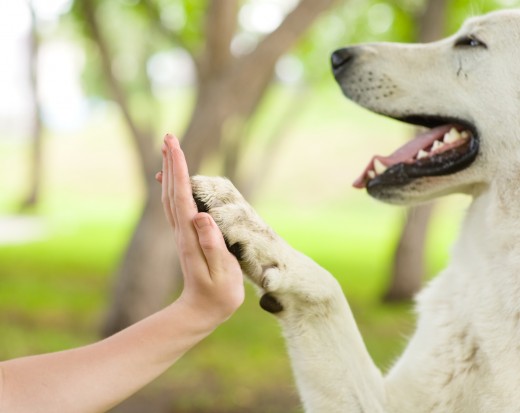 Ways In Which The Dewclaws Can Serve An Important Purpose For The Dog
Ways In Which The Dewclaws Can Serve An Important Purpose For The Dog
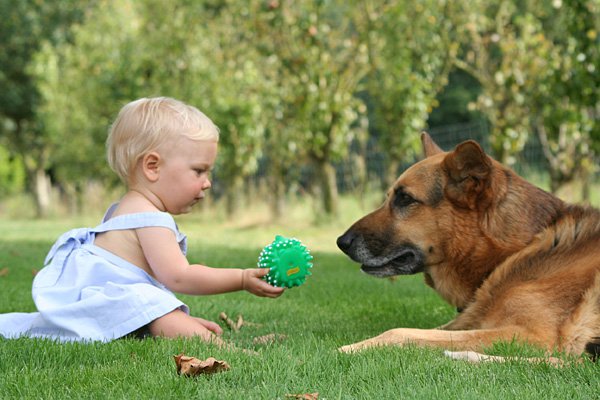 Buy Your Own Chicken Houses – Eat Organic Eggs Everyday
Buy Your Own Chicken Houses – Eat Organic Eggs Everyday
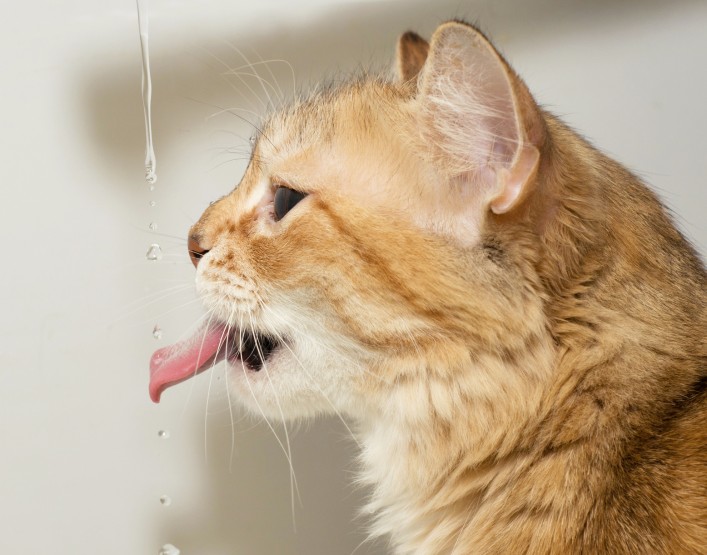 Making Sure Older Cats Drink Enough Water To Support Kidney Function
Making Sure Older Cats Drink Enough Water To Support Kidney Function
 Keeping Your Dog Off Counters And Tables
Keeping Your Dog Off Counters And Tables
 Kittens And Retained Baby Teeth
Kittens And Retained Baby Teeth
 Horse Manure The Smelly Truth - How The Law On Waste Could Get You In A Heap Of Trouble
Horse Manure The Smelly Truth - How The Law On Waste Could Get You In A Heap Of Trouble
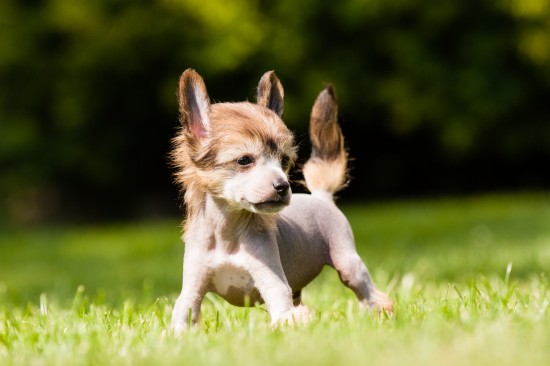 Health And Care Of A Hairless Chinese Crested Dog
Health And Care O
Health And Care Of A Hairless Chinese Crested Dog
Health And Care O
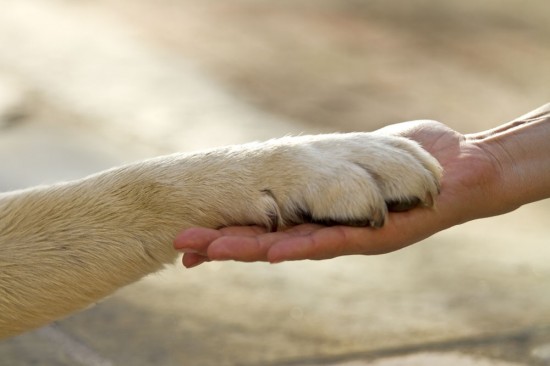 The Pets4homes Dog Care Quiz - What Type Of Dog Owner Are You?
The Pets4homes Do
The Pets4homes Dog Care Quiz - What Type Of Dog Owner Are You?
The Pets4homes Do
 Merial Frontline Plus Dogs 45-88 Lbs.
Merial Frontline Plus for Medium Dogs
Frontline Plus is an o
Merial Frontline Plus Dogs 45-88 Lbs.
Merial Frontline Plus for Medium Dogs
Frontline Plus is an o
 Keeping A Newt
Keeping A Newt
Keeping A Newt
Keeping A Newt
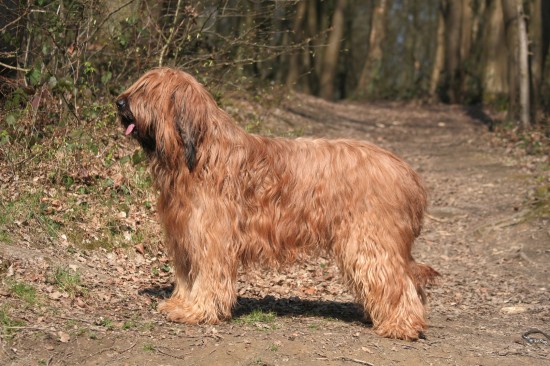 Tips On How To Keep A Briards Coat Looking Good
Tips On How To Ke
Tips On How To Keep A Briards Coat Looking Good
Tips On How To Ke
Copyright © 2005-2016 Pet Information All Rights Reserved
Contact us: www162date@outlook.com